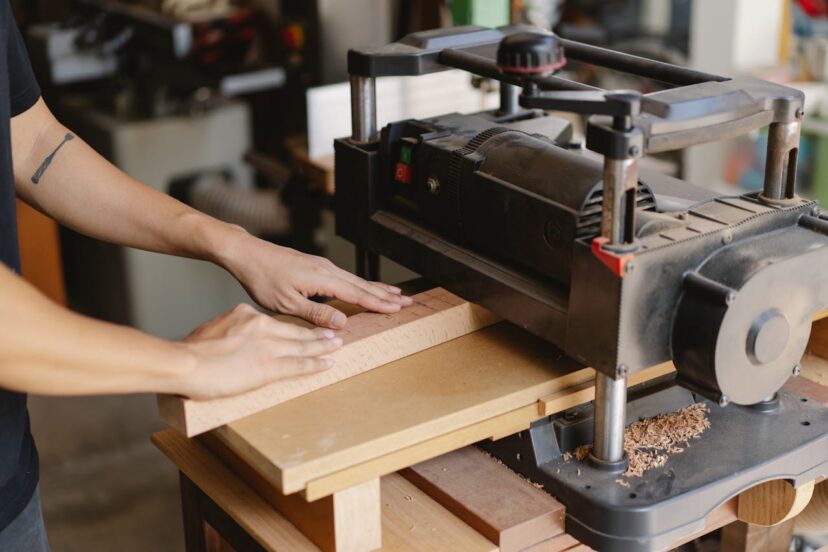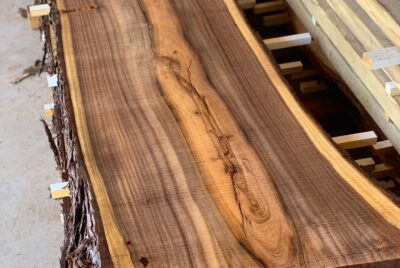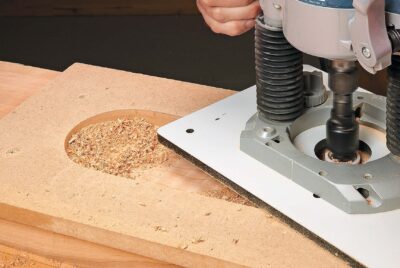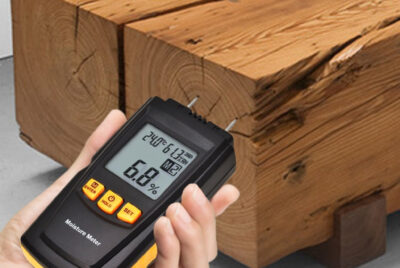Woodworking Machinery: What You Need To Know
Unlocking the Potential of Woodworking Machinery
Woodworking is a symphony of creativity and precision, where the marriage of skill and machinery gives birth to works of art. In this bustling world of woodshops, where the buzz of activity surrounds every project, understanding woodworking machinery is akin to knowing the notes of a melody. Join me as we explore the realm of woodworking machinery, from the cornerstone table saw to the intricate bandsaw, equipping you with the knowledge to sculpt your dreams into reality.
Understanding Woodworking Machinery
Before delving into the nitty-gritty of woodworking machinery, let’s establish what exactly we mean by this term. Woodworking machinery encompasses a myriad of tools powered by electricity or other means, meticulously crafted to cut, shape, join, and finish wood. It’s the heartbeat of any workshop, pulsating with the potential to transform raw lumber into works of art. From the robust table saw to the intricate CNC router, each machine plays a unique role in the woodworking symphony.
The Cornerstone: Table Saws
Ah, the venerable table saw – the cornerstone of every woodshop, where precision meets power in a symphony of sawdust and lumber. This workhorse excels at making straight cuts like rips and crosscuts, as well as more complex operations such as cutting dados and creating miters. When selecting a table saw, factors like motor power, safety features, and table size should be carefully considered. A larger table provides more support for larger pieces of wood, enhancing accuracy and safety. However, the true magic of a table saw lies not just in its specifications but in the skill and respect wielded by its operator. Proper maintenance, including regular cleaning and blade alignment, is essential for unlocking the full potential of this mighty machine.
Shaping Dreams: Routers and Router Tables
Enter the router, a maestro of detail capable of transforming mundane wood into exquisite works of art. Whether handheld or mounted on a router table, this versatile tool adds character and finesse to any project. With a vast array of bits at its disposal, the router can tackle tasks ranging from edge shaping to carving dovetails for joinery. When paired with a router table, stability and support are enhanced, allowing for more precise and repeatable cuts. Mastery of the router lies not only in selecting the right bits but also in understanding speed, depth, and feed rate settings tailored to each specific task.
Jointers and Planers: Crafting the Foundation
In the dance of woodworking, the jointer and planer are the silent choreographers, transforming rough lumber into material ready for the spotlight. The jointer flattens one face of the wood and squares up the edges, while the planer ensures uniform thickness throughout the length of the board. Together, they lay the foundation for precise joinery and assembly. Respect for safety and proper technique is paramount when operating these machines, with attention paid to feed rate, blade maintenance, and guard usage.
Bandsaws: Precision Personified
Step into the realm of precision with the bandsaw, where intricate curves and resawing lumber are mastered with finesse. Its continuous loop blade and vertical cutting approach excel in creating smooth, precise cuts, making it ideal for projects requiring a delicate touch. Resawing capabilities allow for the maximization of expensive woods, while deep throat capacity handles substantial pieces with ease. Meticulous setup and adjustment are essential for unleashing the bandsaw’s true potential, ensuring blade tension and guide alignment are finely tuned for optimal performance.
Dust Management: Clearing the Air
Amidst the whirlwind of woodworking, let’s not forget the importance of dust management. A clean shop not only promotes safety but also prolongs the life of machinery. Investing in a quality dust collector or shop vac is a small price to pay for a healthier and more enjoyable workspace.
Drill Presses: Precision Perforation
Enter the drill press, the unsung hero of woodworking precision. Unlike handheld drills, the drill press ensures every hole is drilled at the exact depth, angle, and location required. With options ranging from benchtop models to floor-standing units, the choice depends on project needs and workshop space. Versatility extends beyond wood, with drill presses capable of drilling through metal and plastic with ease. Selecting the right drill bits and adjusting speed settings are crucial for maximizing performance across various materials.
Sanding: The Final Flourish
As the curtain draws near, we embark on the final act of sanding – a transformative process that smooths surfaces and prepares them for their moment in the spotlight. Belt sanders and orbital sanders take center stage, each playing a vital role in achieving the desired finish. Belt sanders excel in material removal, while orbital sanders provide a delicate touch for final smoothing. Understanding the nuances of each sander ensures the perfect finish for every project.
Final Thoughts on Woodworking Tools
Woodworking machinery is more than just tools – it’s a gateway to endless possibilities. By mastering the intricacies of table saws, routers, jointers, planers, bandsaws, drill presses, and sanders, woodworkers can elevate their craft to new heights. With precision, skill, and a dash of creativity, the symphony of woodworking comes to life, transforming raw lumber into works of art.
For more details on these tools plus ideas for quick and easy woodworking projects, tap here.
FAQs on Woodworking Machinery
- What’s the first piece of woodworking machinery I should buy?
Start with a table saw. Its versatility makes it essential for a wide range of projects
. - Are CNC routers worth the investment for hobbyists?
It depends on your interest in technology and project complexity. While CNC routers offer endless possibilities, they come with a learning curve and higher cost. - How do I maintain my woodworking machinery?
Regular cleaning, lubrication, and blade/bit replacement are key. Always follow manufacturer guidelines for maintenance. - Can I use hand tools instead of machinery for woodworking?
Absolutely! Many woodworkers prefer hand tools for their tactile feel and control, though it may require more time and effort. - How can I ensure my safety while using woodworking machinery?
Always wear safety gear, understand machine operation, and never bypass safety features. Stay focused and avoid rushing your work to prevent accidents. - Where can I learn more about woodworking tools?
Here’s a great place to learn more about woodworking and building your own wood shop.




